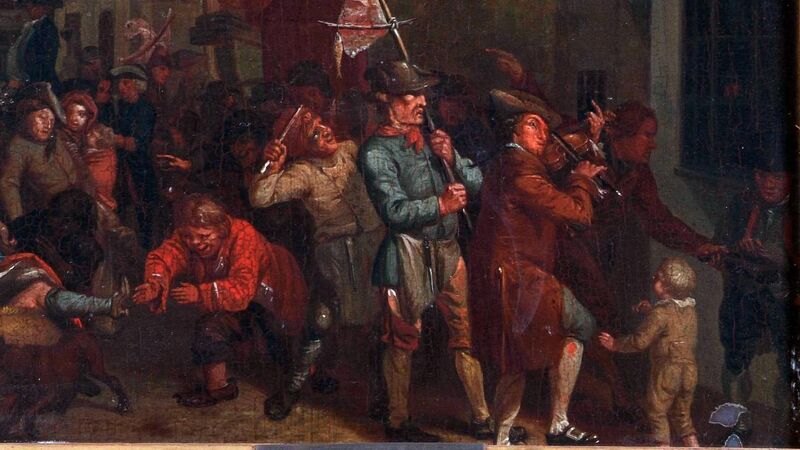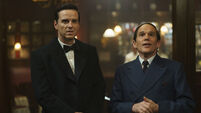Cork In 50 Artworks, No 47: Whipping the Herring out of Town, by Nathaniel Grogan

A detail from Whipping the Herring out of Town – A Scene of Cork, by Nathaniel Grogan. Courtesy of Crawford Art Gallery
In the Christian religion, Lent is observed as a period of fasting to commemorate the 40 days Jesus is said to have spent in the desert before taking up his ministry. The event is marked in various ways all over the world. In Ireland, it generally begins on Ash Wednesday and concludes on Easter Sunday.
In Cork in the late 18th century, the end of Lent was marked by a procession through the streets. After abstaining from meat for 40 days, the people were heartily sick of eating fish, and so they strapped a single herring to a pole and beat it with sticks as they carried it down to the River Lee.







